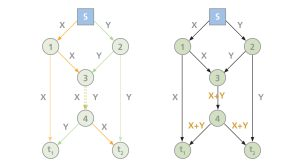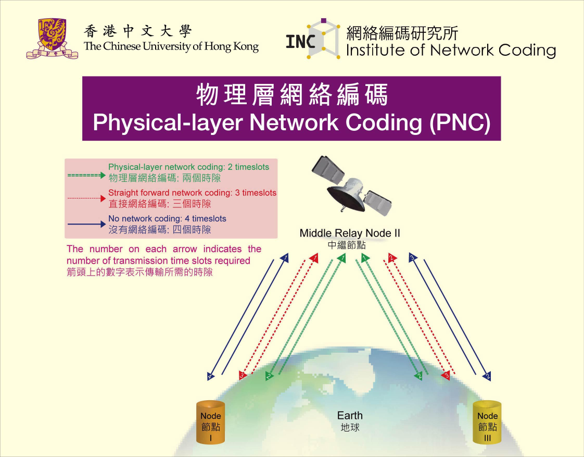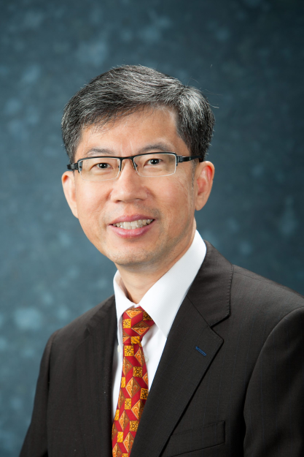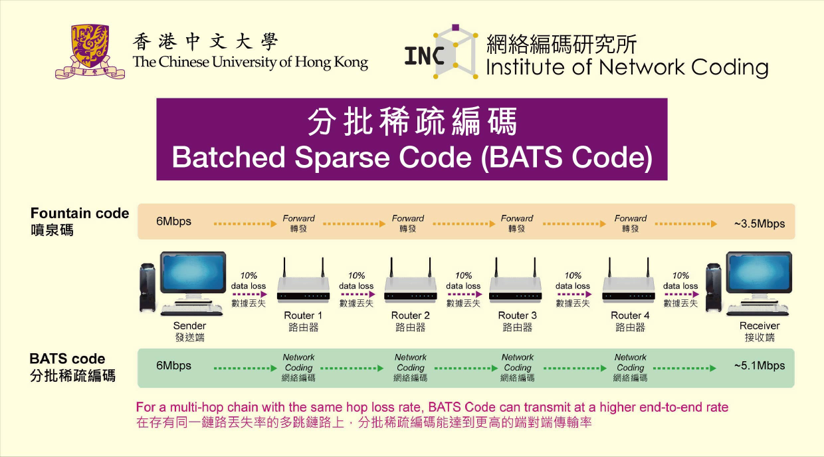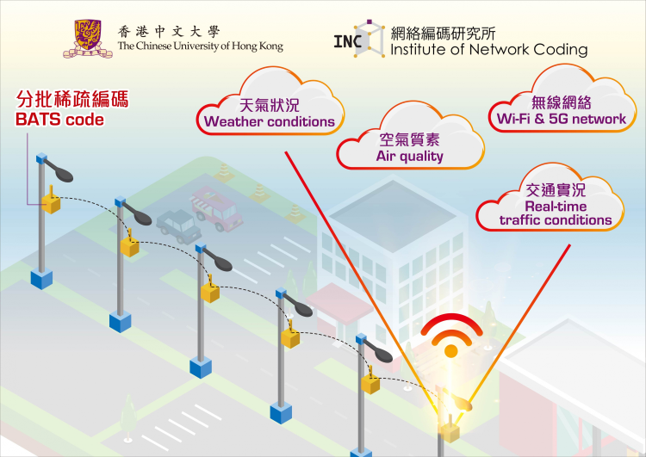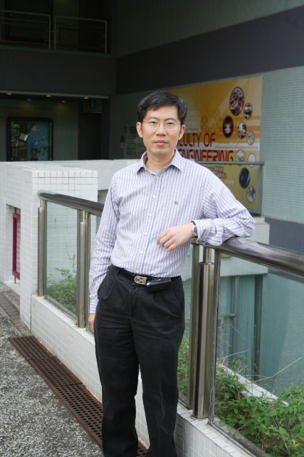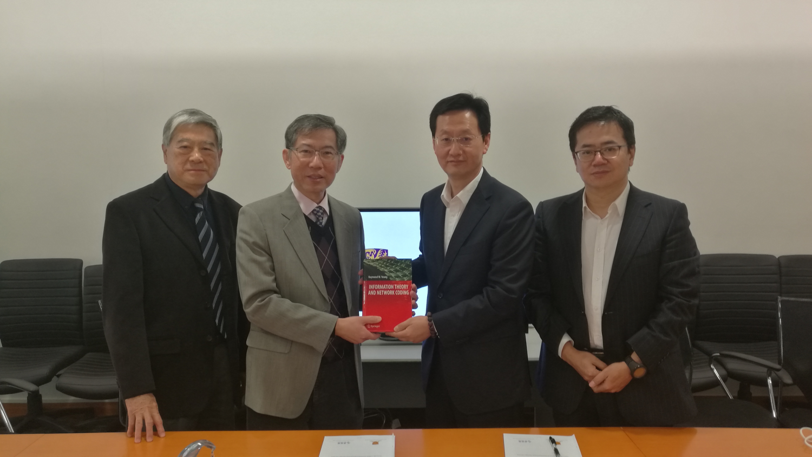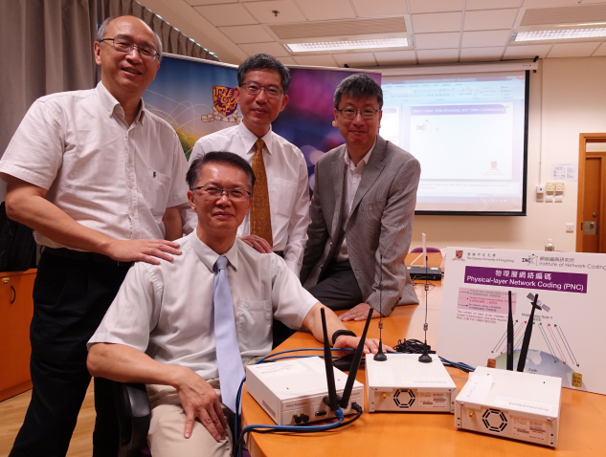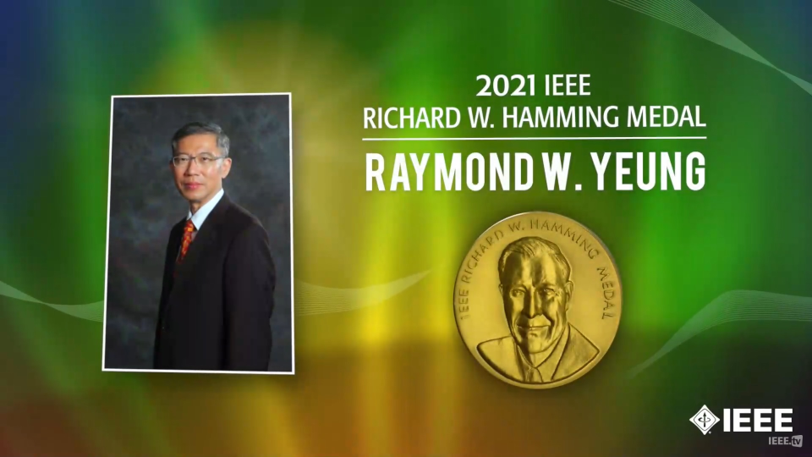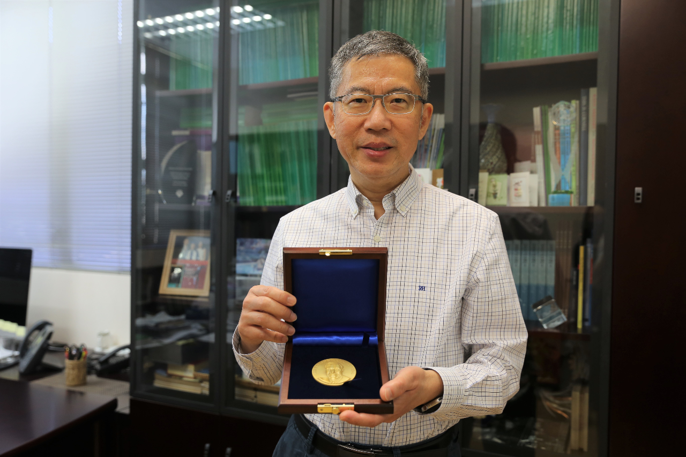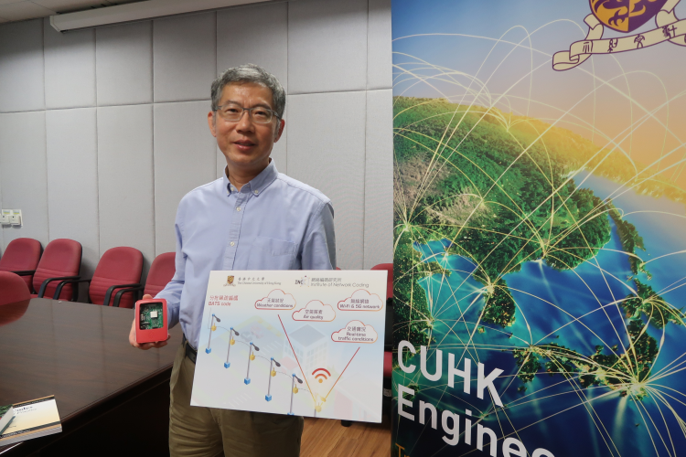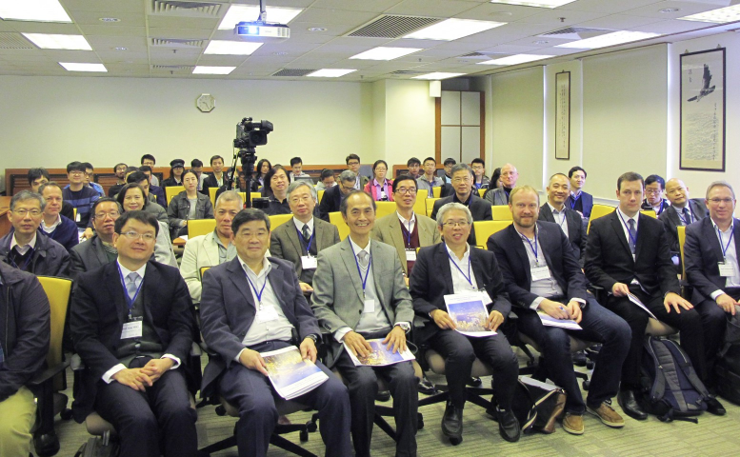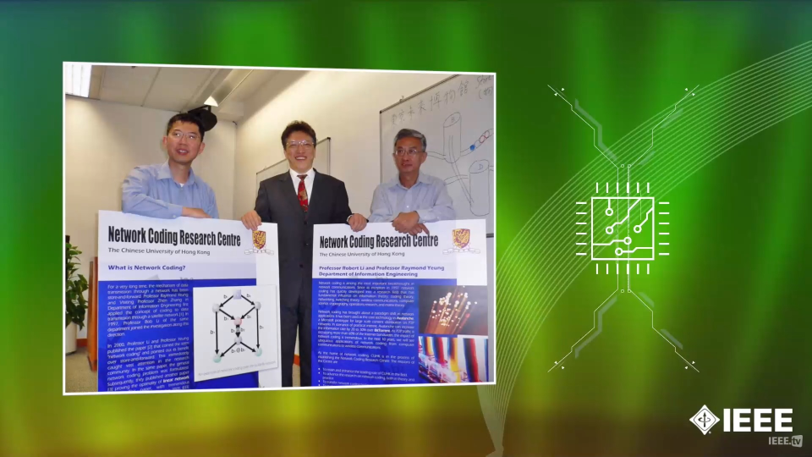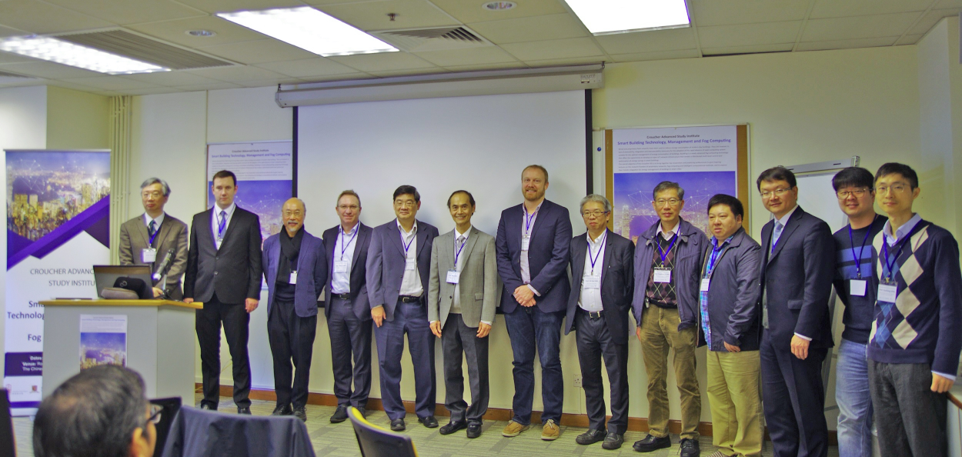INNOVATIONS
BATS Codes Technology for Overcoming the Risks of Data Packet Loss
Innovations & Impacts
In current computer networks (e.g. internet), the flow of information, in the format of defined and discrete data packets, is controlled by networking devices such as routers, wireless base stations and switches. These devices perform traffic directing functions by reading the network address information in the packet to determine the ultimate destination before sending it on to the next network on its journey. However, the capacity of a router to simultaneously handle and forward many packets limits the speed of data flow and imposes data loss due to the consequential network congestion. Data packet loss is a challenging yet inevitable issue in the wireless communications industry. It is also one of the primary reasons why wireless networks require multiple hops, increasing the risks of data packet loss.
Professor Raymond Wai-Ho YEUNG from the Department of Information Engineering and his research team have developed a new network coding technology known as BATched Sparse Codes (BATS codes) that can solve the longstanding problem of packet loss in wireless multi-hop communication. The code is a good approach for realising networks that require one or more network devices to connect from the source device to the destination device. By using BATS code, a network with two devices and a 20% loss per device can increase its transmission rate by 56% and reduce its loss rate by 29%. For its huge potential for the development of 5G communications and Internet of Things (IoT)in that the use of BATS code can reduce the cost of laying optical fibre and setting up transmitters, Professor YEUNG and his team have patented their technology as well as started up n-hop technologies Limited to commercialize their innovation so as to reach out more industry practitioners for greater impact.
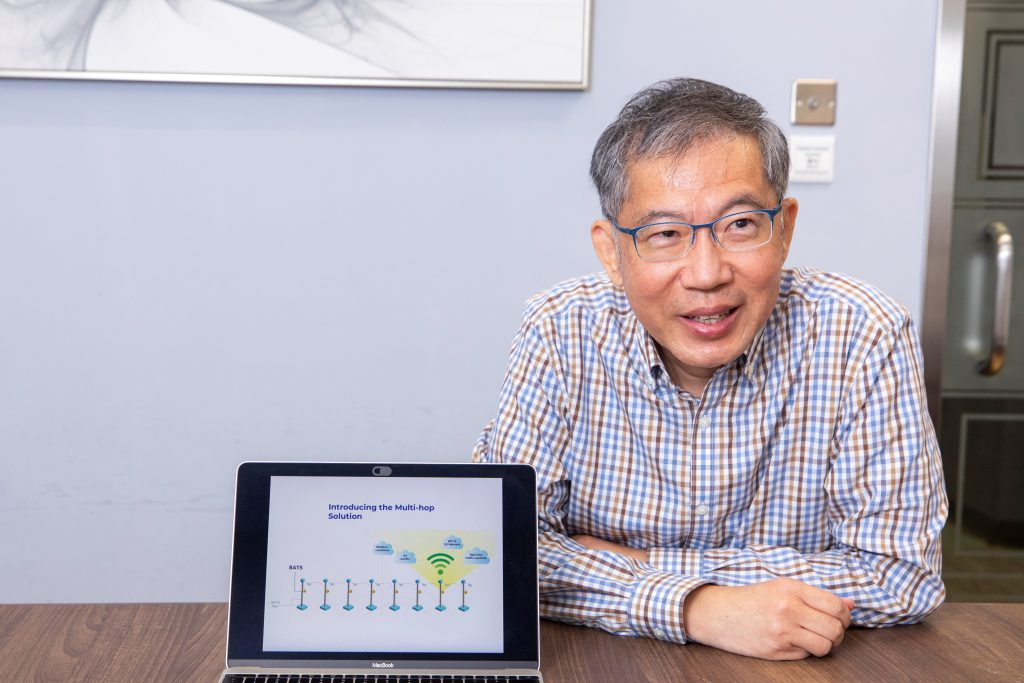
From Research to Market
-

IP & LICENSING
-

ENTREPRENEURSHIP
-

RESEARCH
The team has worked closely with both local and multinational companies in order to commercialise its technology. Patents have been granted in China, and are also being sought in the United States and Europe. The technology is expected to find applications in 5G wireless communications, satellite communications, the IoT and wireless sensor / mesh networks. In a disaster recovery scenario, BATS can also connect multiple wireless communication devices such as mobile phones and wireless sensors to deliver information to destinations hundreds of miles away without the support of a fixed communication infrastructure.
The next step of commercialization of BATS technology is that in 2018 Professor YEUNG founded n-hop technologies Limited which received an exclusive global license of their invention. The startup has not only received the support of the Technology Start-up Support Scheme for Universities (TSSSU) from 2019 to 2022, but also admitted to the Incu-Tech Programme supported by the Hong Kong Science and Technology Parks Corporation (HKSTP). The technology has been successfully deployed in smart lampposts in various locations in Hong Kong. Recently, his team has worked with the Sustainable Lantau Office of the Civil Engineering and Development Department to apply the technology in a pilot trial to provide a Wi-Fi service for hikers along a section of hiking trail in Lantau which is not well covered by the cellular network. Other potential applications of the BATS code include 5G, V2X, satellite networks, and underwater acoustic communication.
Professor YEUNG’s research interests include information theory and network coding. For his innovative invention, the research team received a matching grant from the UGC in 2010, which provided funding support of more than HK$100 million. Years later, the team received another funding of HK$1 million from the Innovation and Technology Fund. In 2021, Professor YEUNG received the “IEEE 2021 Richard W. Hamming Medal” for his exceptional contribution to network communication and pioneering development of the BATS code. He is the first Asian researcher to receive this award since its establishment in 1988.


















